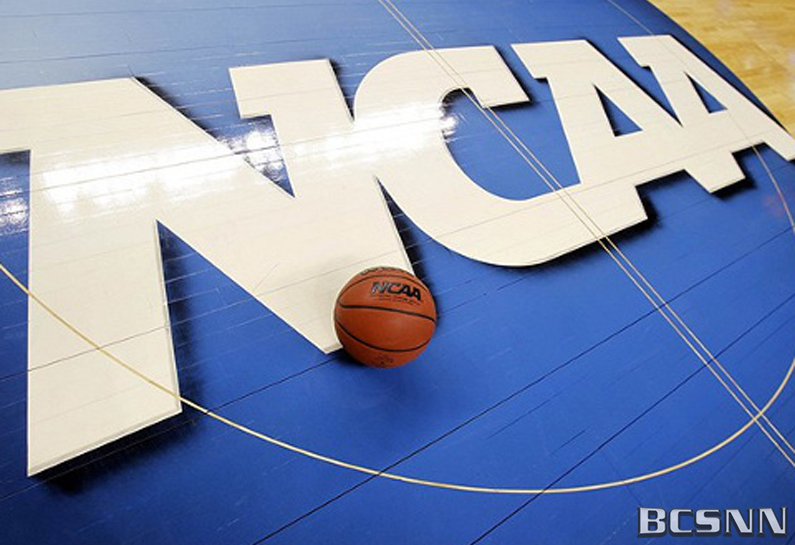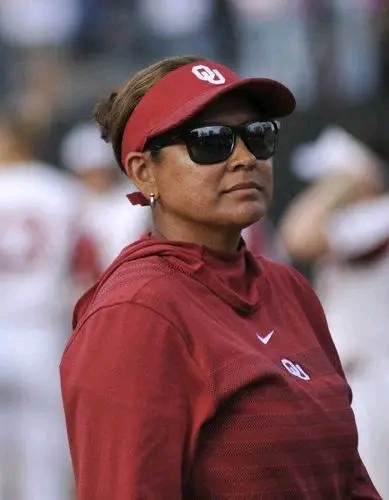
NCAA President Charlie Baker has sparked significant discussion across the college sports world following remarks he made during the Big 12 spring meetings, suggesting that expansion of the NCAA men’s and women’s basketball tournaments — commonly known as March Madness — is under serious consideration. Though not an official declaration of policy, Baker’s comments point to growing momentum behind an idea that has been gaining traction among administrators, coaches, and television executives: expanding the most celebrated postseason event in college sports to accommodate the realities of a rapidly evolving landscape.
During his appearance at the meetings, Baker acknowledged that the current structure of the NCAA tournaments, which features 68 teams on both the men’s and women’s sides, may no longer reflect the size, scale, and competitiveness of modern college basketball. With more than 350 Division I programs and a significant number of competitive teams left out of the postseason each year, calls for expansion have grown louder — not only from mid-major programs hoping for more access, but also from major conferences seeking to protect their members from being left out of high-stakes competition.
Baker’s openness to expansion comes at a time when the power dynamics within college sports are shifting dramatically. The consolidation of power in the major conferences, driven by realignment, the growing influence of NIL (name, image, and likeness) deals, and the explosion of revenue from media rights, has created a chasm between the sport’s haves and have-nots. Expanding March Madness could serve as a bridge, offering broader participation while also increasing the event’s already immense revenue potential.
Proponents of expansion argue that a larger field would more accurately reflect the depth of talent across college basketball. They contend that the gap between high-major and mid-major programs has narrowed significantly, as evidenced by recent upsets and deep runs by




